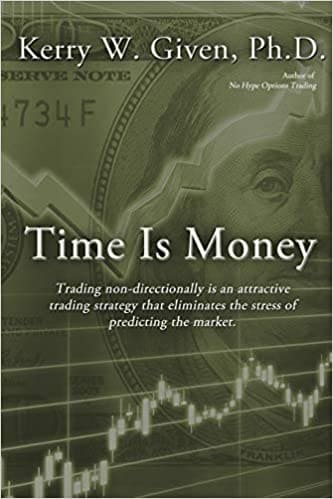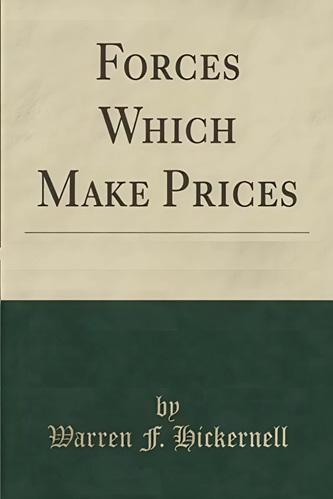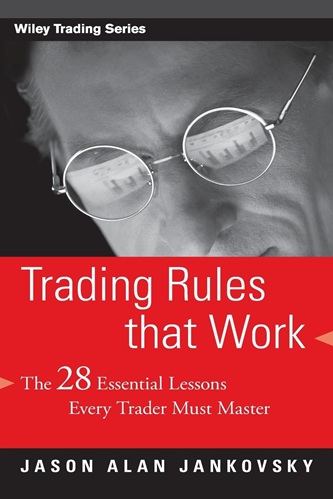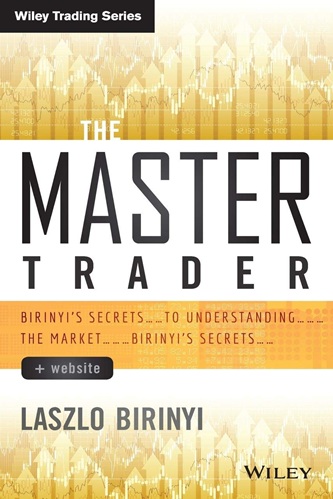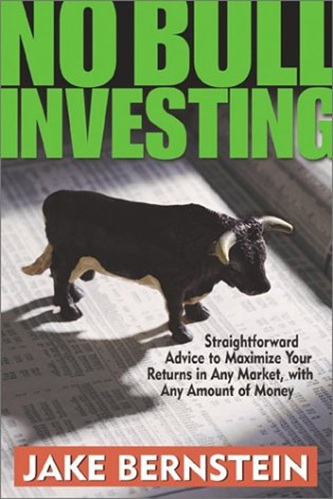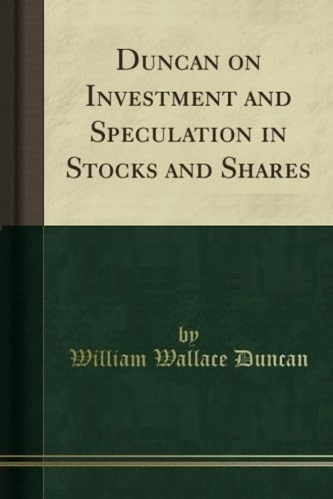Time is Money
$14.12
| Author(s) | |
|---|---|
| Format |
|
| Pages |
217 |
| Publication Year |
2015 |
In Time is Money, Dr. Given distinguishes non-directional trading from delta neutral trading in one critically important way. If one is trading non-directionally, he develops a series of rules for entry, exit and adjustment of a delta neutral trading strategy and then enters and manages the position dictated by those rules month after month. He has made no prediction of the future; he just manages the position each day based on the market’s price move that day. The trader is no longer predicting the market’s next move tomorrow; the trader is reacting to what the market gives him today.
Introduction:
I have watched students make a similar error in hedging their non-directional trading positions. Often we use a long option to hedge our trade when the market moves against us. If the market then pulls back, we remove the hedge and have salvaged the original position. However, insurance is never free; we lose money on that hedge option. But we only lose a few percent of the maximum gains for the trade. On more than one occasion, I have observed students predict that the move up or down is over and the index is going to pull back.
Then they remove the hedge early, based on their prediction. Of course, it is almost as though the market knows this and resumes its move higher or lower, driving the trader’s position into a larger loss, because the hedge is now gone. A common error in non-directional trading is falling into the prediction trap. A secondary error is trying to save the cost of the insurance and taking a larger loss as a result. One of the more important things I have learned in my non-directional trading is to follow my rules with great discipline and focus on the downside risk. If I manage the risk and ignore my “insurance cost”, the gains take care of themselves.
The solution for many of these issues boils down to emotional control and maintaining the discipline to follow one’s trading system. And this will continue to be a struggle for the non-directional trader. But try to imagine for a moment the freedom of not having to predict the market’s direction. Imagine the diminished stress of no longer waking up with the first thought being the fear that the S&P 500 Index will gap up this morning in spite of a well reasoned case for the S&P 500 Index to trade downward. As one develops and refines her non-directional trading system, she will gain confidence in her system, her discipline will grow, and her stress will diminish.
In trading, as in all of life, there is no free lunch. I am certainly not suggesting that trading non-directionally is the “holy grail” or the “secret”. But it is an attractive trading strategy and I think it is worth your time to learn more about how to “throw away your crystal ball” and trade non-directionally. That is the objective of this book.
Contents:
- WHAT IS NON-DIRECTIONAL TRADING?
- WHY DO PROBABILITIES MATTER?
- THE SECRET OF OPTIONS TRADING
- IT’S GREEK TO ME
- THE ROLE OF VOLATILITY
- CAN WE USE WEEKLY OPTIONS NON-DIRECTIONALLY?
- THE UBIQUITOUS VERTICAL SPREAD
- DOES YOUR HEAD GET IN THE WAY?
- CALENDAR SPREADS
- DOUBLE CALENDAR SPREADS
- BUTTERFLY SPREADS
- DOUBLE DIAGONALS
- CONDORS AND IRON CONDORS
- THE BEST NON-DIRECTIONAL TRADE
- WHERE DOES IT GO WRONG?
- YOU CAN DO THIS
Time is Money By Kerry W. Given pdf

